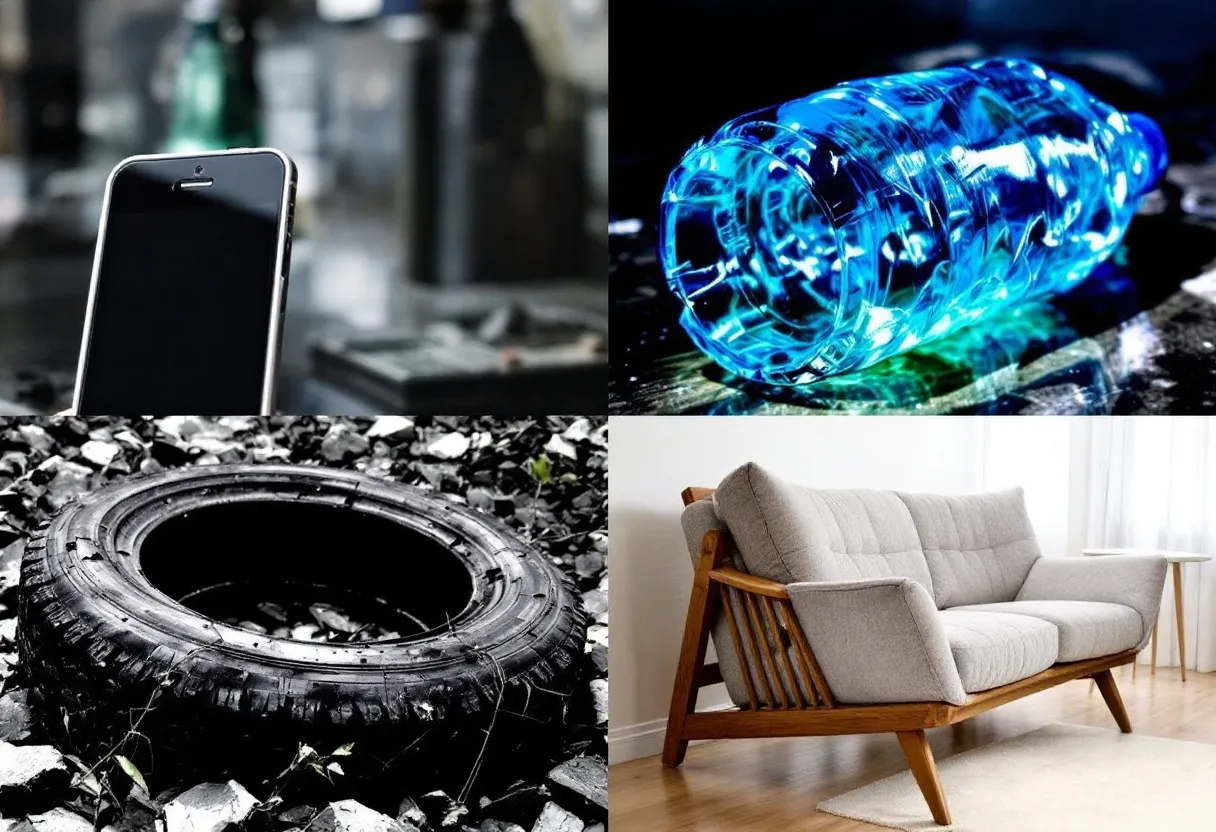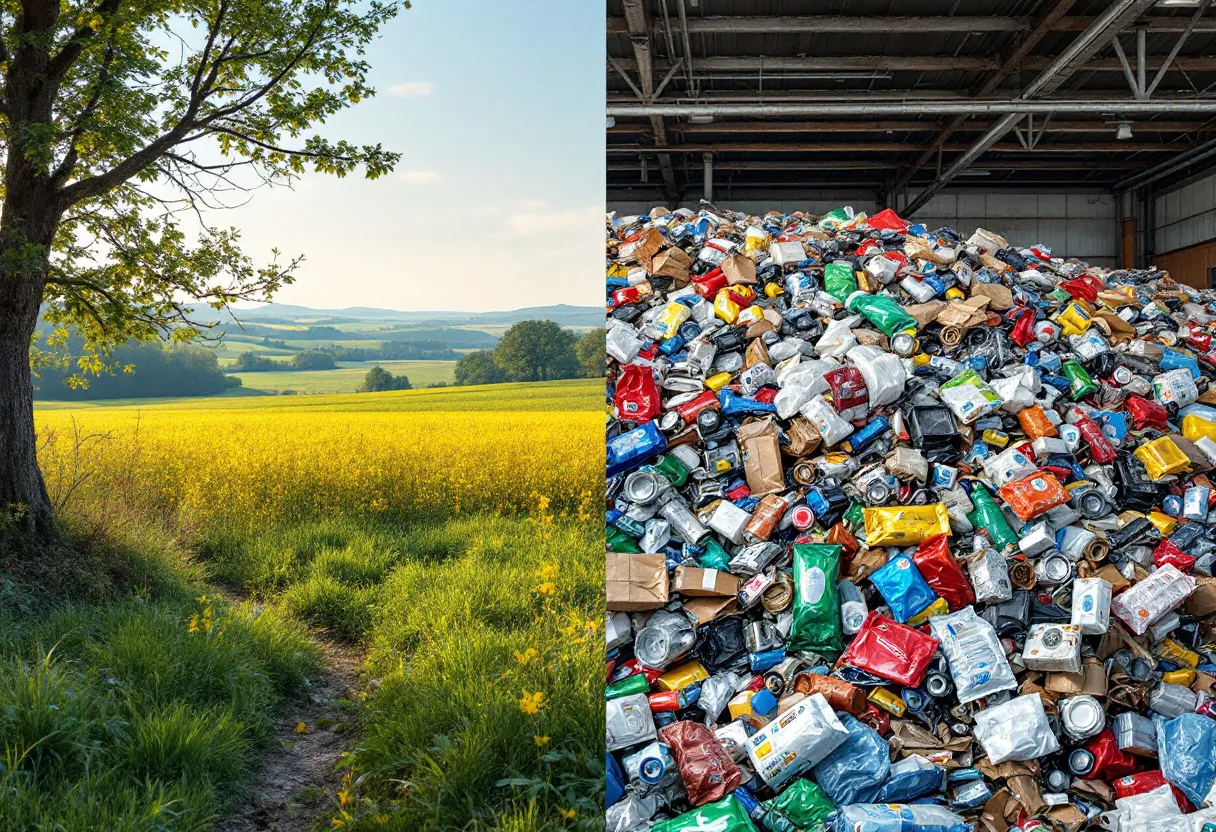Bonjour, mes amis! Lise Dubois here. As someone who’s spent a good chunk of my life knee-deep in waste management strategies – from the hallowed halls of the CNRS to the, shall we say, *less* glamorous local municipal dumps of Lyon – I’ve seen firsthand how crucial effective environmental policies are. And France’s Extended Producer Responsibility (EPR) system? Well, it’s a fascinating beast, a complex but ultimately vital attempt to tackle the ever-growing mountain of waste. I mean, let’s be honest, who *really* enjoys wading through piles of discarded packaging? Not me! So, let’s dive in, shall we?
What Exactly *Is* EPR?
Okay, so what’s EPR all about? In a nutshell, it flips the script on waste management. Instead of solely relying on municipalities (that’s your local councils, for those not in the know) and taxpayers to foot the bill for collecting and recycling our discards, EPR puts the onus – and the financial responsibility – squarely on the producers of goods. Think of it as making manufacturers take responsibility for the entire lifecycle of their products, from design to disposal. It’s about time, isn’t it?

I remember back in the 90’s when we first started talking about this… seemed like a pipe dream! Now look at us.
A French Affair: EPR’s Evolution in France
France has been a frontrunner in implementing EPR schemes, starting way back. We’re talking about a system that has been conceived from the standpoint of waste management, and is accordingly focused on the end-of-life of products and packaging. And while it may not be perfect (more on that later), it’s certainly more evolved than many other countries. The law states that producers, importers and distributors may be required to contribute to the disposal of waste from their products – that’s some serious stuff. With the law to combat waste and promote recycling of 10 February 2020, France has extended producer liability (EPR) to additional products and tightened up the existing regulations. Basically, more stuff is covered, and the rules are getting stricter. Good!
What’s Covered Under the French EPR Umbrella?
Right, so what falls under the purview of this EPR system? A better question might be, what doesn’t? Because honestly, the list is extensive. We’re talking packaging (of course), electrical and electronic equipment (WEEE), batteries, tires, paper, textiles, furniture, even some chemical products. And the list keeps growing, especially with the recent anti-waste law pushing for even broader coverage. More and more products are affected by the ERP principle. Solutions that are implemented for consumer clothing will cover other textile items.

Eco-fee is something we are already used to. This eco-fee thing? Well, it’s a bit like a green tax baked into the price of the product, which then goes towards funding the collection and recycling schemes. Clever, eh?
How Does It Actually Work?
Okay, so how does this all translate into practical action? Producers generally have two options: either set up their own individual collection and recycling systems (a logistical nightmare, if you ask me), or, more commonly, join a collective “eco-organisme” – a producer responsibility organization. These eco-organismes then manage the collection, sorting, and recycling of the waste on behalf of their member producers. These organizations are crucial for the whole thing to function smoothly. If you have tons of packaging on the French market you should comply with the new EPR regulations, starting from 1 January 2025.
Challenges and Criticisms
Now, before we get too carried away singing the praises of the French EPR system, let’s address some of the challenges and criticisms. Like I said, it’s not perfect.
- Complexity: The sheer number of eco-organismes and the varying rules for different product categories can be confusing, even for someone like me who’s been working in this field for years.
- Transparency: There are concerns about the transparency of how eco-organismes use the funds they collect from producers. More accountability is needed to ensure the money is actually going towards improving recycling infrastructure and reducing waste.
- Effectiveness: The watchdog adds that Defra has estimated EPR is unlikely to have a material impact on rates of recycling or packaging waste volumes in the next five years. This is a serious concern and highlights the need for continuous improvement and stricter enforcement.
Honestly, I worry about all this. We need clear goals, measurable results, and a commitment to continuous improvement if we want EPR to truly make a difference.
Looking Ahead: The Future of EPR in France
Despite the challenges, I remain optimistic about the future of EPR in France. The ongoing evolution of the system, with the anti-waste law pushing for greater producer responsibility and stricter enforcement, is a step in the right direction. That said, in 2017 Frances EPR schemes met the European targets in the WEEE sector (55 to 80 recycled or prepared for reuse) for all the categories of – there is hope for us yet.
Ultimately, the success of EPR hinges on a collective effort – producers embracing their responsibility, consumers making informed choices, and policymakers creating a clear and effective regulatory framework. It’s a complex puzzle, but one worth solving. For the sake of our planet, and for the future generations who will inherit the consequences of our actions (or inactions), we must get this right. Au revoir, and let’s all do our part to reduce, reuse, and recycle!
